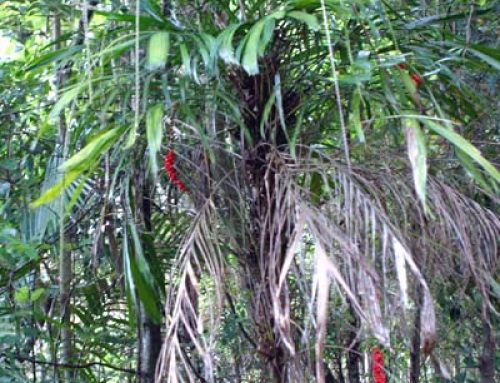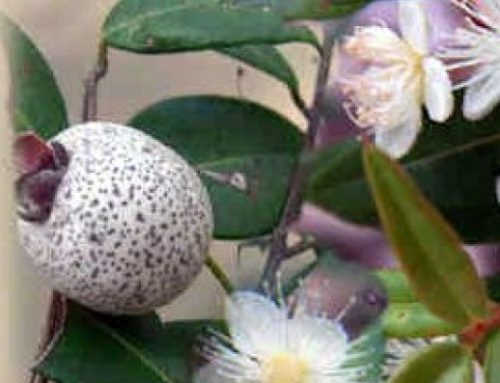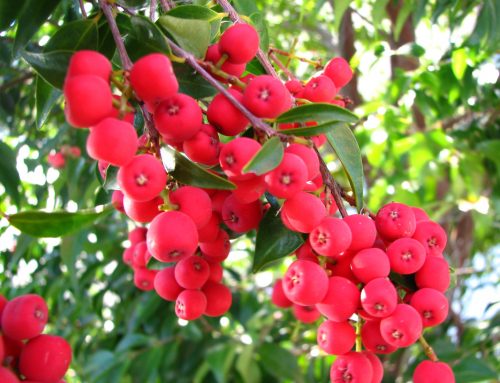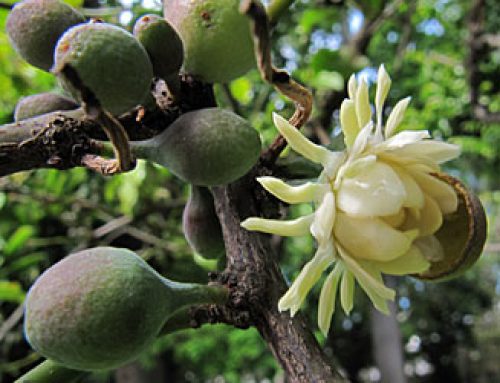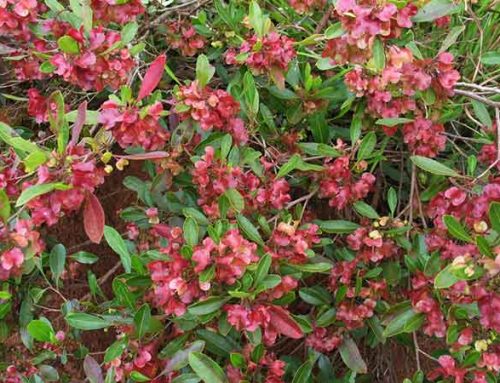Botanical Name: Melastoma affine
Description
The Blue Tongue gets its name from its sweet, blue-black fruits that stain the mouth. It is known as Native Lasiandra, or as Dhumulu to the Yolngu people. In Australia, it can be found growing wild in the Kimberley region of WA, across the Northern Territory and Queensland, and as far south as Kempsey on the New South Wales coast.
Blue Tongue flowers continually throughout Spring and Summer, producing showy mauve to purple flowers that last just a few days before small black berries begin to appear. This sweet fruit is best eaten fresh, and offers a fun and messy novelty for children.
Berries can be picked and eaten directly off the shrub.
This hardy evergreen prefers part shade, and will need protection from hot winds and hot afternoon sun in the Summer. Ensure a rich, moist soil that drains freely. With its leathery, dark green foliage and contrasting red stems, this shrub is the perfect addition to an ornamental garden.
Blue Tongue grows fast, reaching up to 3m in height. It produces no nectar, but plenty of pollen, and will attract bees, hoverflies, and other pollen-loving critters.
Aboriginal name(s): Dhumulu (Yolngu)

